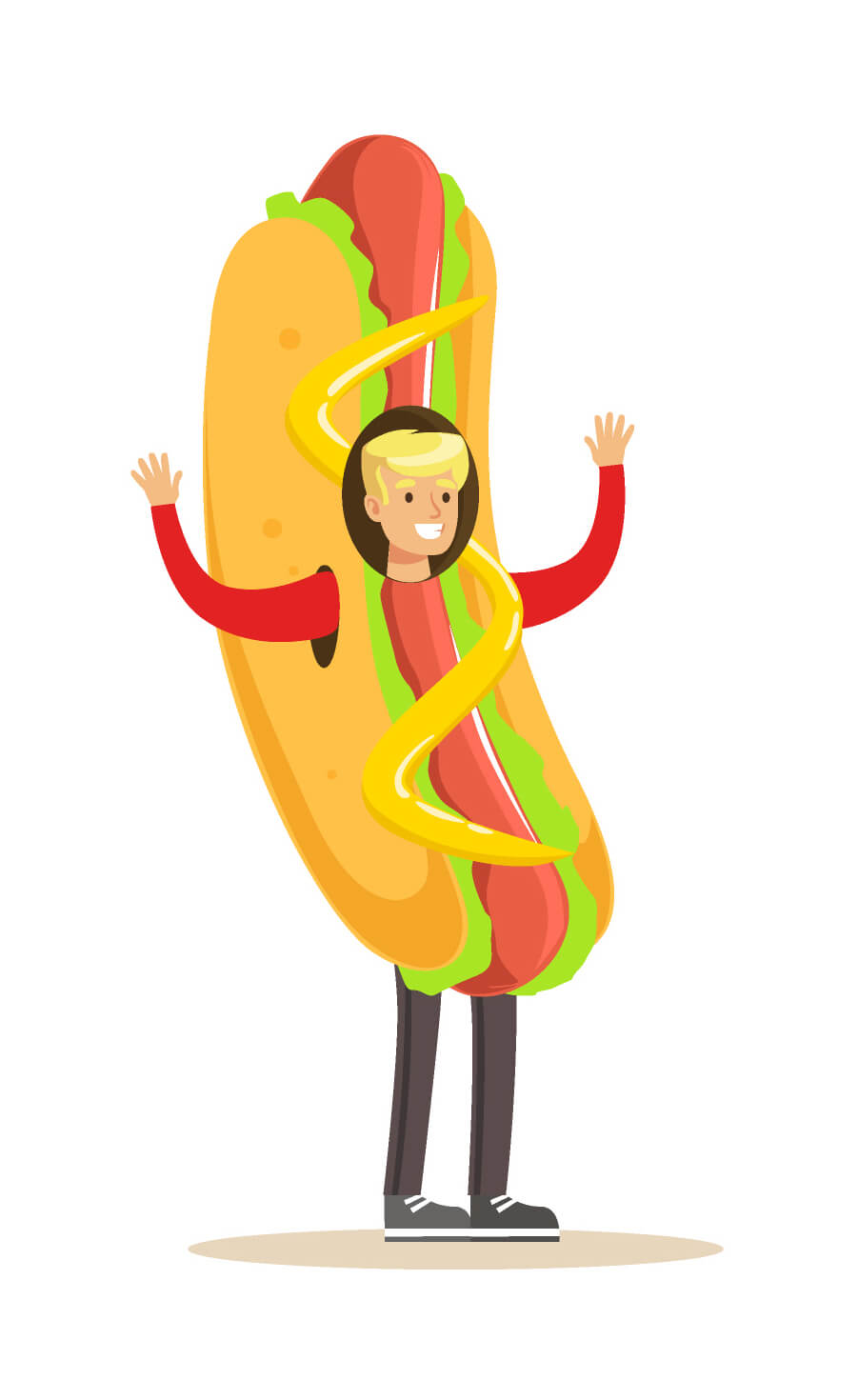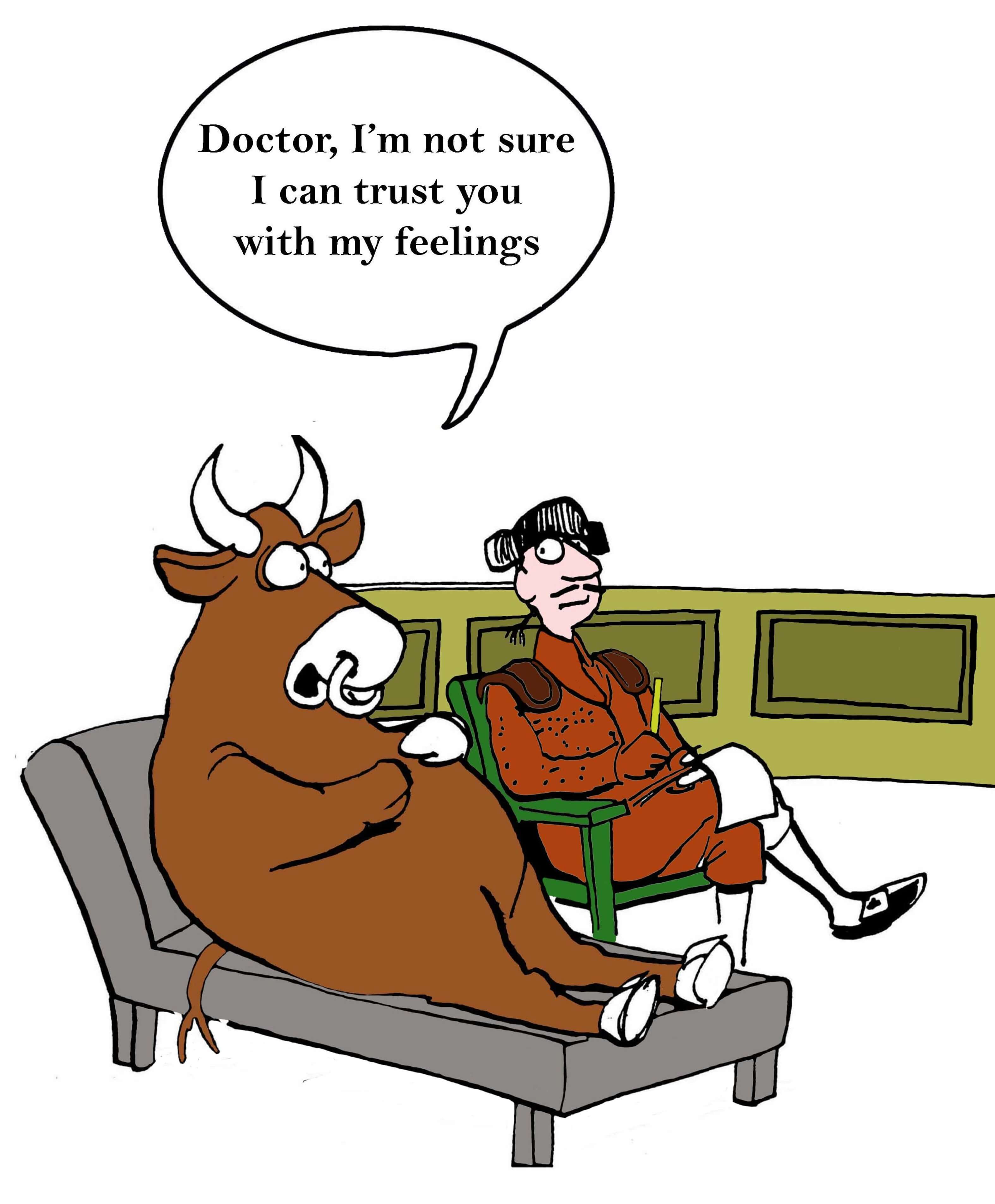What speeding can teach us about dog training & learning theory
It’s fair to say that you never stop learning; I know that I’ll only stop learning when I draw my last breath!
The more I learn about dog training and behaviour, the less I can avoid the various ‘factions’ within the training world and their different takes on learning theory. Factions may seem a harsh word but, at times, reading some of the copy out there, it really does feel like a war between different training camps. There are a myriad of descriptors and theories for dog trainers to ascribe to – reward-based, balanced, pack/dominance theory, R+ trainers, force-free, fear-free, dog whisperers, dog listeners… no wonder clients are confused!
But what’s behind these differing factions? To me it can be distilled down into how we apply learning theory to our human and canine clients.
We may not realise it but learning theory affects all of us…Don’t worry, I’m not going to give a potted history of behaviourism, operant conditioning, classical conditioning or extinction (although the subjects and their history is fascinating).
All well and good, but what does this mean in practice? Well – think of it as a training equation or a balance beam – where what you add or subtract affects the outcome or consequence. I like to think of it as a seesaw (or teeter-totter if you’re from the States).
How about this for an example?
Picture a man, dressed as a giant hot dog, standing around a shopping centre, & giving out flyers to promote a new take-away.
Person 1, let’s call him Frank, arrives at work, finds the hot dog costume, a note with instructions of what he’s to do for the day and how to put the costume on.
Frank puts his costume on, goes out to work. During his shift, his boss comes out and asks how he’s getting on and whether he needs anything. At the end of his shift Frank comes back to find his boss has provided some sandwiches for him and a bonus for drumming up some new customers.
Person 2, let’s call him Freddie, arrives at work to be greeted by an irate boss, yelling at him and shoving a hot dog costume in his face. The boss throws the costume and flyers at Freddie and yells at him to get out and start drumming up business.
Freddie puts the costume on and goes out to work. During his shift, his boss comes out to check up on him, he keeps yelling at him and prods him to tell him he’s missed a chance to give out some flyers. When his shift ends, Freddie goes back to work and finds his boss has gone home, and left a note saying he’s docked some of Freddie’s pay as he didn’t drum up enough new business. Freddie takes off his costume and goes home.
To the outsider, you get the same result or picture… there’s someone dressed up as a giant hot dog promoting the new take-away. However, what about Frank & Freddie? They may have delivered the same result, but how are they feeling about it and what would be the consequences if they were asked to do it again? Would Freddie jump at the chance the next time his boss asks/yells at him to dress up as a hot dog? This is where punishment and reinforcement come into play.
Everyone uses punishment – yes, really!
Whether we like it or not, everyone uses punishment. Wait, what?!? I hear you cry; I never lay a hand on my dog/child/partner/friend etc… Ah, but here’s the catch – you don’t need to add something unpleasant to make it punishment.
Remember our training equation? If you’re following the principles of positive reinforcement (R+) , you undoubtedly will also be using negative punishment (P-); that is, of course, if your training subject doesn’t have a 100% success rate. P- decreases the likelihood of the unwanted (or lack of) behaviour happening again. In dog training, it’s often the withholding of the reinforcer (food/ball/game etc). It’s the consequence of not doing what’s asked. You may wonder why you didn’t get your monthly bonus in your pay packet and you’re likely to try harder to get it next month.
But, what about adding punishment?
In learning theory this is called positive punishment (P+). Firstly, punishment is subjective – what may be punishment to one, is not necessarily punishment to another (ever wondered why our prisons are overflowing?). Secondly, to be truly effective, punishment has to be delivered at the exact moment the ‘crime’ is committed and at the right degree of severity. Thirdly, even if the above two are implemented correctly, what does punishment teach you? In my opinion – absolutely nothing. You ‘may’ know what you’re not supposed to do, but do you know what you should do instead? Have you really learned anything?
Punishment doesn’t teach you an alternative behaviour. It’s more likely to create a vacuum, where another unwanted behaviour (often a by-product of the original punishment) will take its place.
How does it make you feel?
Still with me? OK, here’s something else for the mix… classical conditioning – the bit that affects our emotions and how we feel, often governing our immediate reactions.
With positive punishment (P+), you’re more likely to feel hurt, confused, grumpy, uncooperative, possibly in pain. When negative reinforcement (R-) is applied you may feel relief (as the bad stuff goes away/ceases) but you could also be bewildered and confused, not knowing what you’ve done to deserve it and what you did to stop it.
When you use positive reinforcement (R+), you generally feel good, happy, content, and even accomplished; more importantly, you are much more likely to repeat the behaviour to gain more R+. When negative punishment (P-) is used, you are more likely to shrug it off and start working out how to get the good stuff back. (Please note: frustration can sometimes creep in with P- if not applied correctly – but that’s the subject of a whole other post!)
Yes, but it’s only theory… isn’t it?
Well, yes, but the theory of the ‘big bang’ (which was discovered by Arno Penzias and Robert Wilson back in 1965*) was just that, until Penzias and Wilson’s work discovered cosmic microwave background radiation that didn’t dissipate over time. Collaborating with Robert Dicke, Princeton researcher, they confirmed Dicke’s hypothesis that the original ‘big bang’ left behind low-level radiation detectable throughout the universe. Now it is accepted as the norm (and there’s even a hit US TV comedy named after it)!
Lessons from speeding…
Here we come to the speeding motorists, alluded to in the blog title!
Speeding is something where generally, the punishment is meted well after the event (unless you’re caught by a cop with a speed gun). You could argue that the punishment doesn’t fit the ‘crime’ either – a few points on your licence and a fine? To some people that’s not really a big deal. Well, the ingenious Swedes came up with an idea that fits pretty neatly into our training equation.
The Hastighets Lotteriet…
(or the speed camera lottery for those of us who can’t read Swedish)!
Volkswagen, together with The Swedish National Society for Road Safety, actually brought this idea to life in Stockholm, Sweden. The premise behind it? Drivers who obeyed the speed limit got a thumbs up, those who were going too fast got a thumbs down.
So what? you may say. That’s no different to the smiley green face you see in the UK when you’re below speed limit and the red sad face when you’re above it. On the surface, yes, this is how it looks but those ingenious Swedes took it a step further, using the principles of learning theory and positive reinforcement. If you got a green thumbs up, your registration plate details were captured and you were entered into the lottery for a cash prize. If you got a thumbs down, your registration plate details were captured, you were fined and your fine went towards the prize fund for drivers who’d received the thumbs up.
Did it work?
In a nutshell, yes! The results of the speed camera lottery speak for themselves! The initiative worked on many levels and resulted in the average speed being reduced by 22%**.
So, semantics aside, which part of the equation would you rather give or receive? I know for me and for my clients I’m happy on the seesaw of positive reinforcement.
*10 Scientific laws & theories you really should know – Jacob Silverman





Brilliant! Well explained! – and I also wish they would introduce Swedish idea over here!